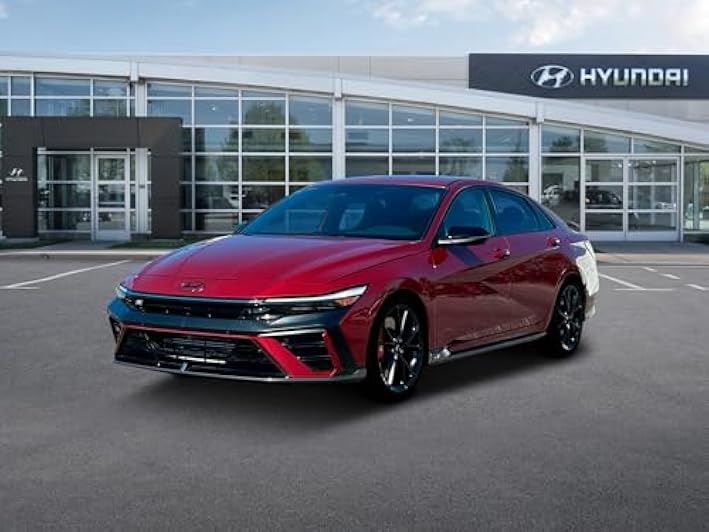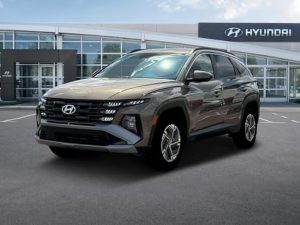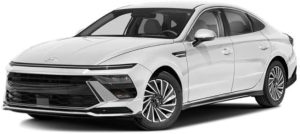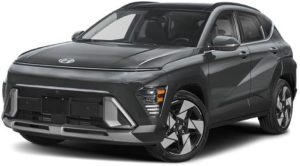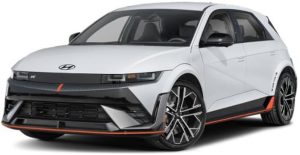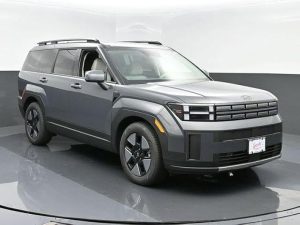Describe different types of computer based on capacity and performance?-What are the main functional units of a computer? Describe the functions of each unit?
Describe different types of computer based on capacity and performance?
In terms of capacity, price, and performance, computers can be broadly classified as follows:
1. Main Frame Computers
2. Mini Computers
3. Micro Computers
Main Frame Computers:
They are most expensive of all the computers, are very big in size and offer maximum computing power. A large number of peripherals can be attached to them. They are generally used in large networks and the mainframe works as central computer or node. All other smaller terminals are connected to central computer or server through satellite link. A typical example is the air line reservation system. The main frame computer is placed at the head office, where all the information about all flights is stored and small computers are placed at various branches and are attached to the central data bank so that up to date information of all flights is always available.
The structural configuration of mainframe consists of:
Data communication equipment. Interface equipment. Primary storage. Secondary storage. Central processors with multiprogramming facilities.
Characteristics:
o These are large general purpose computers capable of handling all kinds of problems whether scientific or commercial.
o Can accept and transfer data from I/O devices at the rate of million bytes per second.
o Can accept all type of high level languages.
o Can support large number of terminals say up to 100 or more
o They have flexibility to operate automatically.
o They have high on line secondary storage capacity and can support a number of peripheral devices like magnetic tape drives, hard disk drives, visual display units etc.
o They have high cache memory, to process applications faster than mini or microcomputers.
Mini Computers:
These are the smaller versions of the mainframe. They offer same computing power as their bigger counterparts but a small/number of peripherals can be attached to the mini computer. It is comparatively cheaper in cost, small in size, very rugged and reliable. It does not require air conditioning and can be operated at room temperature. In business environment a mini system can be ‘tailor made’ for job specification. Characteristics: o They can accept and transfer data from I/O devices at the maximum speed of 4 million bytes per second. o Can support up to a maximum of 20 terminals. o They usually employ microprocessors in the CPU for data storage and data manipulation. o They have faster processing speed. o In most mini computers, data and instructions are stored in fixed word locations. They have main memory ranging from 256kb to 12 Mb and word length of 16/32 bits and are designed for 4 to 8 users in time sharing models. Mini Computers can be sub classified in to: Mini minis Midi minis Maxi minis (super minis)
Micro Computers (also termed as miniaturized mini computer):
They can carry input, storage, arithmetic, logic, control and output functions.
They use silicon made micro processor chips which are of a size of 5mm square and 0.1 mm thick, with layers of etched and printed circuits-containing all elements required to process binary encoded data.
These systems use random access memory and read only memory as primary storage.
They range from single board size to a system containing many circuit boards mounted in a cabinet. They are light enough to be moved easily and are designed to be used by one person at a time.
A typical microcomputer has a keyboard for input and user diskettes and floppy disk drives to enter data and programs and to receive processed outputs. They use magnetic tape and floppy discs as secondary storage devices.
A visual display unit and/or character printer is used to prepare output in a human readable form. All micro computers are byte addressable machines. They use micro processor chips viz.
They use very little power, require little air conditioning and does not require special wiring, raised floors.
They are stable and reliable.
Personal Computers:
They are the one of the latest type of micro computers. They are called so because they are designed for personal use of individuals or small business units, office automation units or professionals. Personal computers can be used for basic programming, fun and games, business and professional applications, tele-communications; data base management, accounting, and word processing.
What are the main functional units of a computer? Describe the functions of each unit?
A computer can process data, pictures, sound and graphics. They can solve highly complicated problems quickly and accurately. These multidimensional functions of a computer are executed by a logical and orderly combination of some functional units described as follows: Fig: Block Diagram of Computer showing the major functional units
1. Input Unit:
Computers need to receive data and instruction in order to solve any problem. Therefore we need to input the data and instructions into the computers. The input unit consists of one or more input devices. Keyboard is the one of the most commonly used input device. Other commonly used input devices are the mouse, floppy disk drive, magnetic tape, etc.
All the input devices perform the following functions:
Accept the data and instructions from the outside world.
Convert it to a form that the computer can understand.
Supply the converted data to the computer system for further processing.
2. Processing Unit:
This is the responsible for processing all the various operations that goes on in the system unit. It is referred to as the brain of the computer system, without it the computer will be valueless. Example of processing unit is the central processing unit (CPU).
The CPU is like brain performs the following functions:
It performs all calculations
It takes all decisions
It controls all units of the computer
The processing unit can be divided into three sections:
i. Memory/Storage Unit
ii. Control Unit
iii. Arithmetic and logical unit (ALU)
The Memory/Storage Unit:
The storage unit of the computer holds data and instructions that are entered through the input unit, before they are processed. It preserves the intermediate and final results before these are sent to the output devices. It also saves the data for the later use. The various storage devices of a computer system are divided into two categories.
Primary Storage: Stores and provides very fast. This memory is generally used to hold the program being currently executed in the computer, the data being received from the input unit, the intermediate and final results of the program. The primary memory is temporary in nature. The data is lost, when the computer is switched off. In order to store the data permanently, the data has to be transferred to the secondary memory. The cost of the primary storage is more compared to the secondary storage. Therefore most computers have limited primary storage capacity.
Secondary Storage: Secondary storage is used like an archive. It stores several programs, documents, data bases etc. The programs that you run on the computer are first transferred to the primary memory before it is actually run. Whenever the results are saved, again they get stored in the secondary memory. The secondary memory is slower and cheaper than the primary memory. Some of the commonly used secondary memory devices are Hard disk, CD, etc., The Control Unit: It controls all other units in the computer. The control unit instructs the input unit, where to store the data after receiving it from the user. It controls the flow of data and instructions from the storage unit to ALU. It also controls the flow of results from the ALU to the storage unit. The control unit is generally referred as the central nervous system of the computer that control and synchronizes its working. Functions of the control unit:
It carries out many tasks such as decoding, fetching, handling the execution and finally storing the results.
It controls the execution of instructions in a sequential order.
It guides the flow of data through the different parts of the computer.
It interprets the instructions.
It regulates the time controls of the processor.
It sends and receives control signals from various peripheral devices.
The Arithmetic and Logical Unit (ALU): This unit is responsible for performing all the various Arithmetic operation of addition, subtraction, multiplication, division and relational operations Such as not equal to (≠), greater than (>), less than (< ), greater than or equal to (≥) and logical operations Etc. Whenever calculations are required, the control unit transfers the data from storage unit to ALU once the computations are done, the results are transferred to the storage unit by the control unit and then it is send to the output unit for displaying results.
Main Functions:
All calculations are performed in the Arithmetic Logic Unit (ALU) of the computer.
It also does comparison and takes decision.
3. Output Unit:
The output unit of a computer provides the information and results of a computation to outside world. Printers, Visual Display Unit (VDU) are the commonly used output devices. Other commonly used output devices are floppy disk drive, hard disk drive, and magnetic tape drive.



